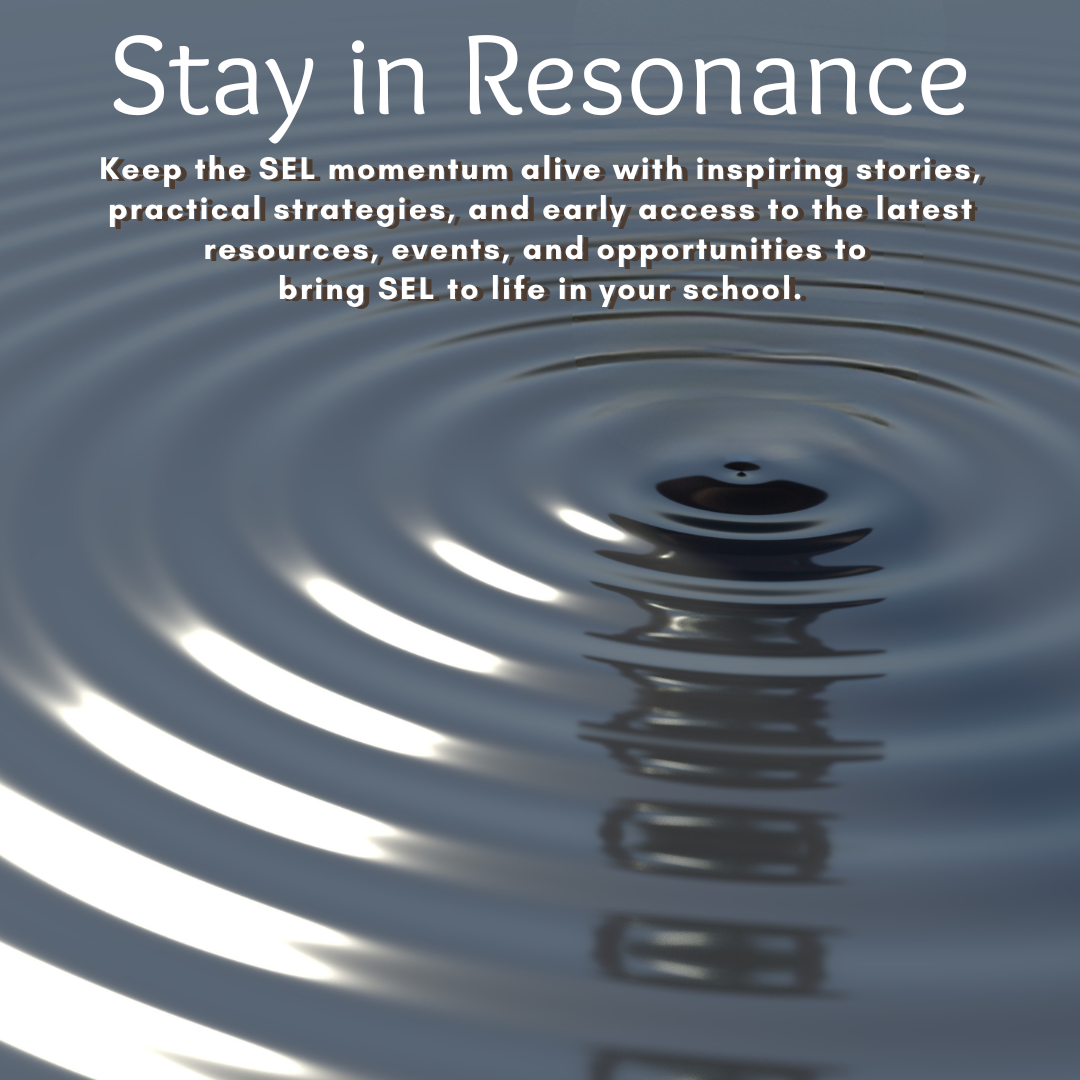002: A Clearer Lens: What I Didn’t See Until Someone Helped Me Look Again
Oct 27, 2020
I’ve worn glasses since the third grade. That means I’ve sat in an optometrist’s chair dozens of times, answering the familiar question:
“Which lens is clearer—1 or 2? 2 or 3?”
Each time, I’m amazed by how much sharper things can become—even when I thought my vision was already “good enough.” That moment of clarity, of seeing the world more precisely, stays with me.
I carry that same mindset into my professional life. As a lifelong learner and facilitator, I’m constantly adjusting my lens, especially when it comes to professional learning, social-emotional learning (SEL), and my ongoing journey with diversity, equity, inclusion, and belonging (DEIB).
For years, I’ve believed that SEL is most impactful when grounded in a DEI lens. It’s why I take great care to choose images that reflect the diversity of students and educators—hoping to represent the full humanity of those we serve.
The Moment I Missed
In September 2019, I was honored to keynote a conference for 600 educators, unveiling my updated SEL integration framework. I had carefully selected visuals to reinforce each concept, each chosen with intention.
Or so I thought.
After the keynote, three women approached me.
One of them gently pulled me aside.
She thanked me for the session, then paused.
“As visual learners,” she explained, “we pay close attention to images. When we saw this one, our first thought was: Who styled this girl’s hair? Then we noticed her knees were ashy.”
I was stunned.
I had chosen that image to reflect diversity.
But in doing so, I had overlooked the deeper cultural signals it sent - ones about care, representation, and long-standing stereotypes that disproportionately affect Black girls.
Despite years of conversations with friends about hair politics, professionalism, and cultural bias, I missed this.
I hadn’t looked closely enough.
What I Learned
I was mortified and embarrassed. And not because I was “caught,” but because I had genuinely missed what mattered.
I hadn’t yet developed the lens to see it.
And yet, I was also deeply grateful.
This woman had given me a gift: a clearer lens.
Her feedback wasn’t a call out; it was a call forward (often referred to as calling on)
A nudge to do better because she believed I could.
I thanked her. “Thank you so much for letting me know. I need to do better—and I will do better.”
Since then, I’ve made a habit of scrutinizing the images I use—not just for surface-level representation, but for what they signal.
And I’ve asked others to help me see what I might still miss.
I check my ego.
I embrace and sit in the discomfort.
Because discomfort is often the doorway to clarity.
Final Thoughts
Shortly after our conversation, the woman’s friends rejoined us and thanked me for listening. They said they appreciated that I didn’t get defensive.
The truth is ... I felt no defensiveness.
Only gratitude that comes from learning something that truly matters.
One of my favorite Maya Angelou quotes that guides me is:
“Do the best you can until you know better. Then when you know better, do better.”
I know better now.
And I will continue to embrace this moments to do better.


